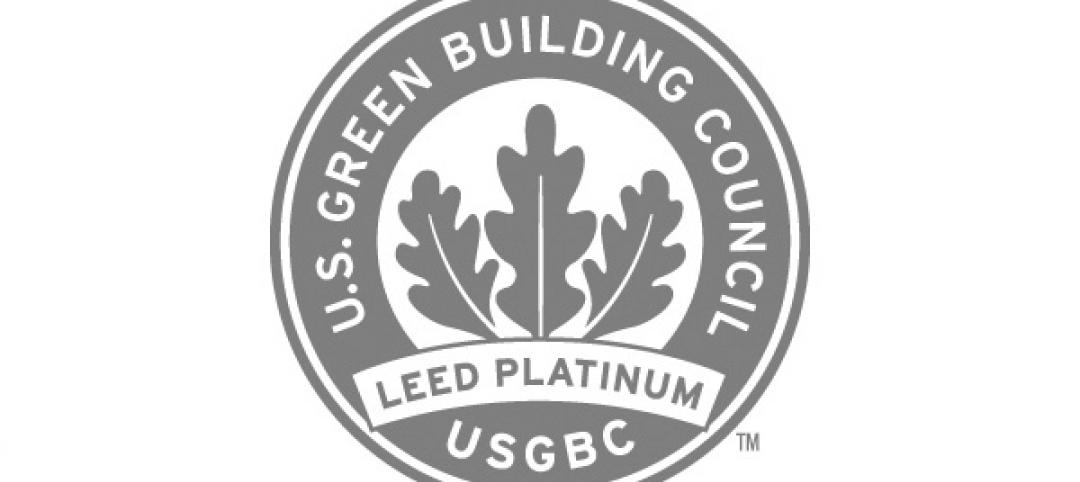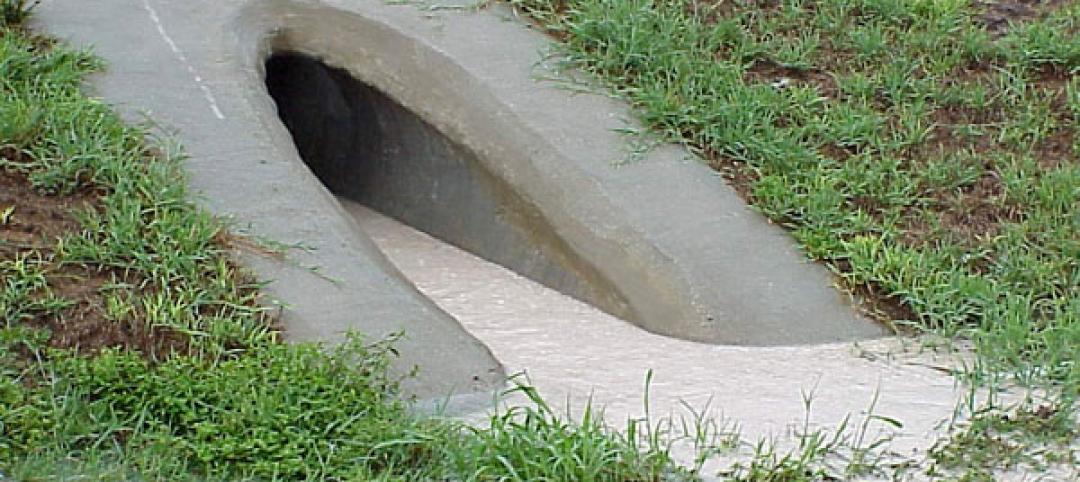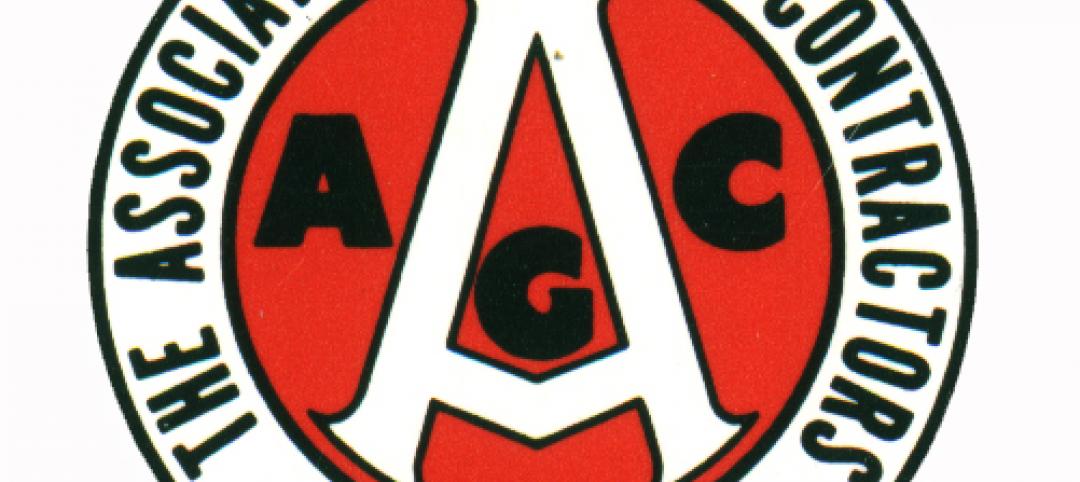Energy efficiency initiatives have saved hundreds of billions of dollars in energy costs while preventing sharp increases in greenhouse gas emissions, according to the recently released Energy Efficiency Impact Report by a consortium of three energy efficiency organizations.
Efficiency investments since 1980 prevented a 60% increase in energy consumption and carbon emissions and are responsible for half of the carbon dioxide emissions reductions in the U.S. power sector since 2005, the report says.
Energy-efficient lighting has been a notable success, with a market for LEDs that went from an emerging technology to dominant deployment in less than a decade. The U.S. has decreased its lighting energy consumption by 16% from 2001 to 2015, despite a 25% increase in lamp inventory by 25% over that period.
Residential energy use per household has fallen by roughly 16% from 2001 to 2018. Model building energy codes are expected to save $126 billion in energy costs and 13 quads of primary energy from 2010 to 2040.
Policymaking, including federal, state, and local standards and codes, has been a critical enabler of energy efficiency deployment, but progress is now at risk of stalling, the report says.
Related Stories
| Nov 23, 2011
Obama signs repeal of 3% withholding on government contracts
President Obama signed a bill that repeals a law requiring governments to withhold 3% of payments over $10,000 to contractors.
| Nov 23, 2011
USGBC launches app lab for LEED certification process
The U.S. Green Building Council has released the App Lab, a searchable catalog of third-party apps that are integrated with LEED data.
| Nov 23, 2011
Document gives advice on stormwater runoff management
The report, “Rooftops to Rivers II,” provides tips on how cities can use smart infrastructure and green building design to minimize pollution from stormwater runoff and other wastewaters.
| Nov 23, 2011
Zoning changes proposed to make New York City buildings greener
New York City will introduce new zoning proposals next month that would make it easier for building owners to add features that will make their properties more sustainable.
| Nov 18, 2011
AGC offers webinar on Davis-Bacon compliance
Webinar to be held in two sessions, Dec. 7 and 8 from 2:00-3:30 p.m. EST.
| Nov 18, 2011
New green construction code may help push LEED standards higher
The International Green Construction Code (IgCC) is expected to set a floor for building standards and may create the opportunity for LEED certifications to push toward higher ceilings.
| Nov 18, 2011
New OSHA fall safety rule could save contractors money on insurance premiums
The new Occupational Safety and Health Administration rule requiring employers operating in the residential construction industry to use the same methods of fall protection that historically have been used in the commercial construction industry could save them money.
| Nov 18, 2011
Some believe new Austin building code will help mom and pop shops
Austin, Texas has proposed building codes that require wider sidewalks and call for buildings to be closer to sidewalks along a 3.5-mile stretch of highway.
| Nov 11, 2011
AIA: Engineered Brick + Masonry for Commercial Buildings
Earn 1.0 AIA/CES learning units by studying this article and successfully completing the online exam.
| Nov 10, 2011
WaterSense standard for weather-based irrigation controllers unveiled
The U.S. Environmental Protection Agency’s (EPA) WaterSense program has released a final specification for weather-based irrigation controllers—the first outdoor product category eligible to earn the WaterSense label.
















